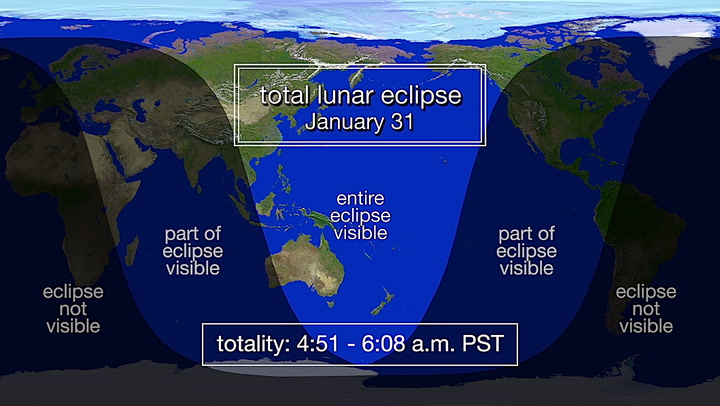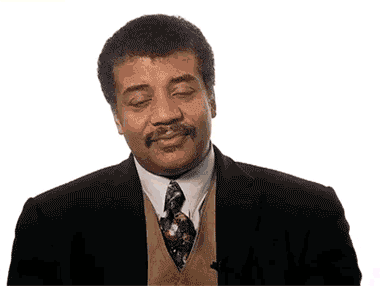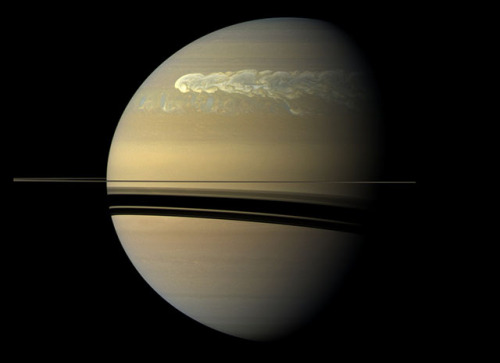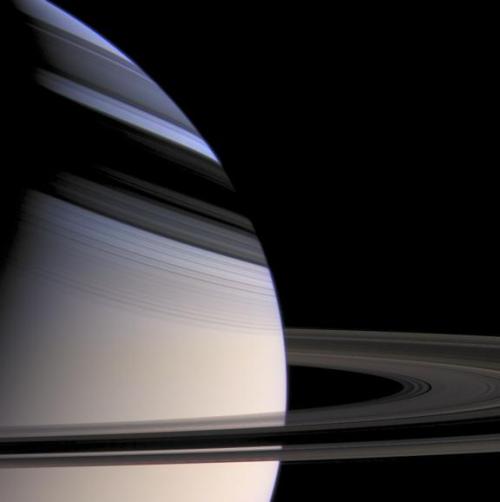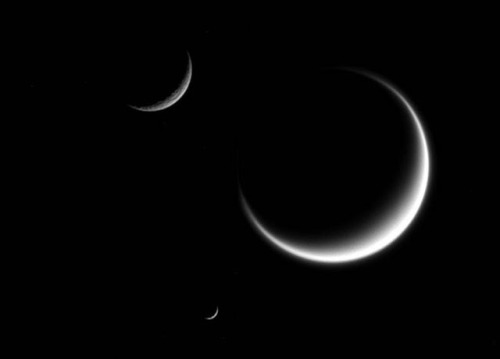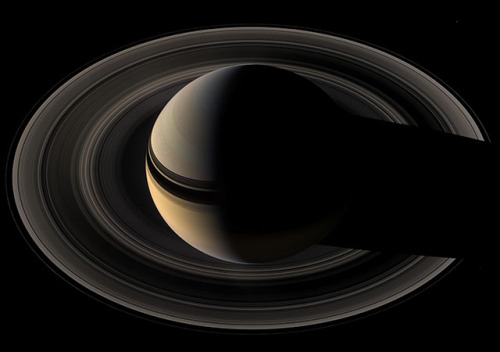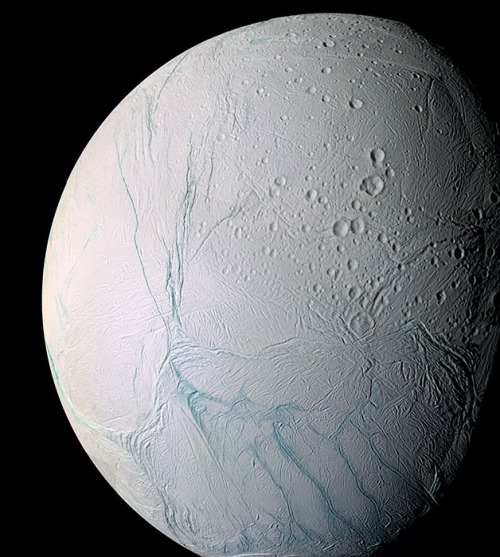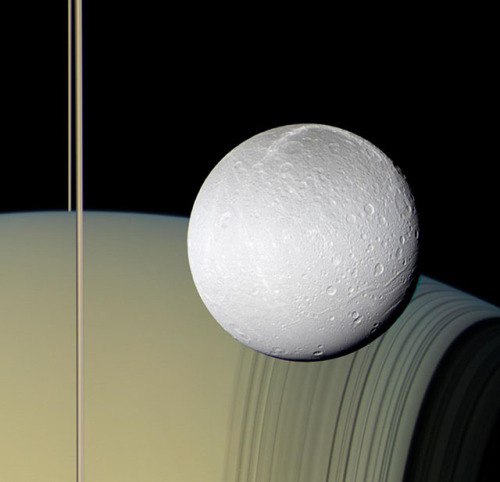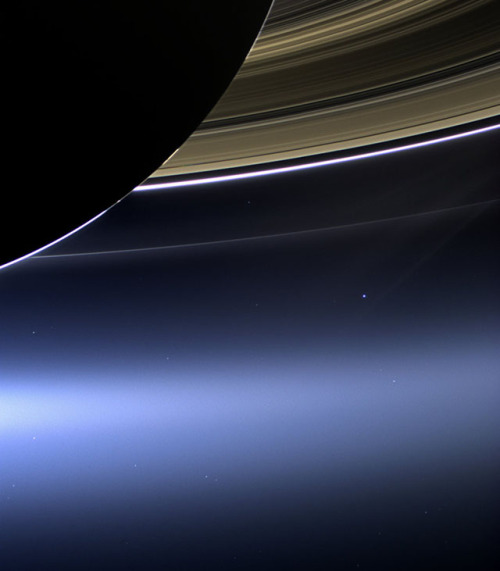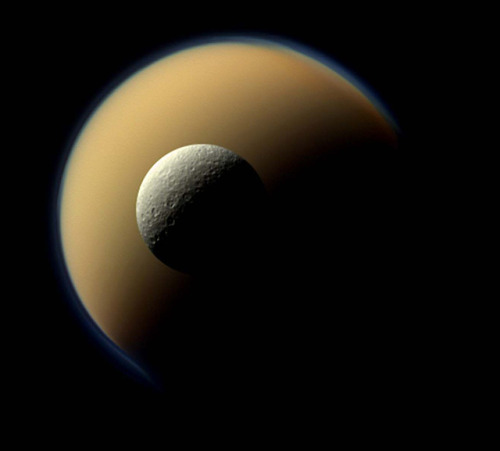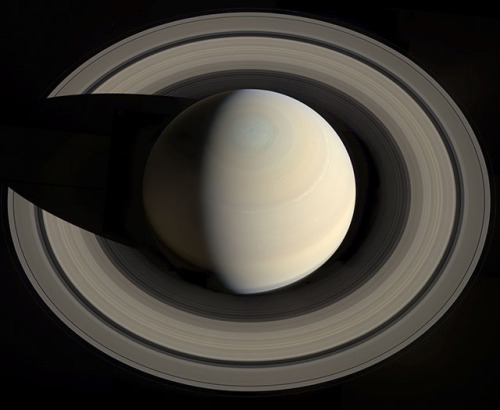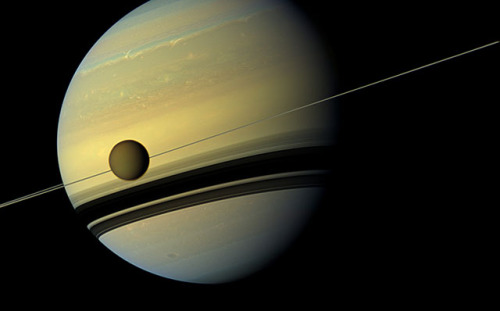http://www.bbc.co.uk/news/uk-41956191
View attachment 38622
As they wake up on Monday morning, those with a clear view will be able to see Venus and Jupiter aligned together.
The planets will appear together in the south-east, just above the horizon.
In the UK, the best viewing time will be 40 minutes before sunrise. Viewed from London, the planets should appear just before 0600 GMT with conjunction occurring just after.
Experts say they will be so close as to appear almost on top of each other, perhaps looking like one bright star.
Clear skies are needed -
and forecast for much of England and Wales. The sun will not rise until around 0715 GMT, meaning there will be plenty of time to view the spectacle before the sky brightens too much.
While the planets will be visible to the naked eye, viewers with a telescope will also be able to see Jupiter's four Galilean moons.
The planets will be seen best by those in mid-northern latitudes around the world, including the UK and northern US.
Observers will have to have an uninterrupted view to the south-east as the planets will be very low in the sky. Those on high ground have the best chance of seeing the conjunction.
Robert Massey, acting executive director of the Royal Astronomical Society said binoculars could be be used to get a better view before the sun rose above the horizon.
However, he warned people not to do this after sunrise, as it could be dangerous.

